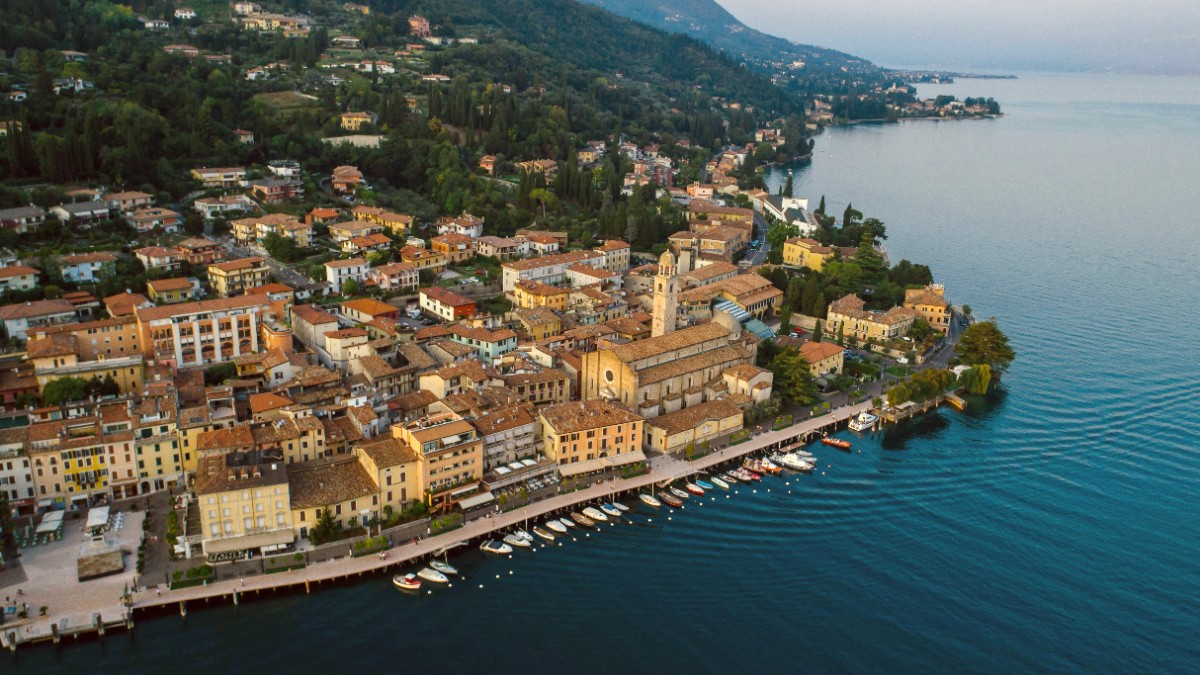
Lombardy And The Lakes, Italy
Major providers: TIM, Vodafone, WindTre, and Iliad. Purchase a local SIM card at official stores in Brescia. Your passport is necessary for registration.
Most accommodations in Brescia offer free Wi-Fi. Limited free public Wi-Fi is available in some main squares.
Poste Italiane, the national postal service, has offices throughout Brescia.
Italian is the official language. English is spoken in major tourist areas, hotels, and larger restaurants, and by younger generations.
Even if you do not speak much Italian, using "Buongiorno" or "Buonasera" when entering shops and restaurants, and "Grazie" when leaving, is greatly appreciated.
Understand local business hours, banking, and holidays to plan your activities.
Generally open from 9:00 AM or 9:30 AM to 1:00 PM, then reopen from 3:30 PM or 4:00 PM to 7:30 PM or 8:00 PM. Many smaller shops close on Sunday and often on Monday mornings.
Lunch service typically runs from 12:30 PM to 2:30 PM. Dinner service usually begins around 7:30 PM and continues until 10:00 PM or 10:30 PM. Many kitchens close between these hours.
Bars and cafes open early in the morning (around 7:00 AM) for breakfast coffee and pastries, serving continuously through the day for snacks and aperitivo, and closing late in the evening (often 10 PM - midnight or later).
Banks typically open Monday to Friday, from 8:30 AM to 1:30 PM, and then for a shorter afternoon period, usually 2:30 PM to 4:00 PM. They close on weekends and public holidays.
On national public holidays, most banks, post offices, and many shops close. Some museums and attractions may have limited hours or close entirely.
Many smaller shops and restaurants close for a few hours in the afternoon (riposo). Plan your shopping or lunch accordingly, or stick to larger stores or continuously open bars.
Navigate Brescia with cultural awareness and information for diverse needs.
Always use "Buongiorno" (good day) or "Buonasera" (good evening) when entering a shop, restaurant, or addressing someone for the first time.
Italians dress well. Aim for a neat and presentable look, even when casual.
Tipping is not obligatory in Italy. A service charge (coperto/servizio) may already be included in your bill.
Photography is generally allowed in public spaces. However, certain restrictions apply.
Plan your routes in the historic center carefully if you have mobility challenges. Focus on the main squares and accessible museums, and use the metro for longer distances.